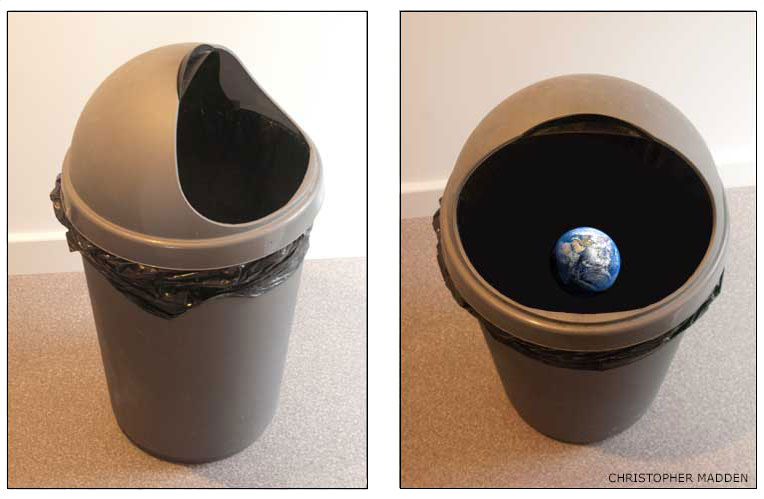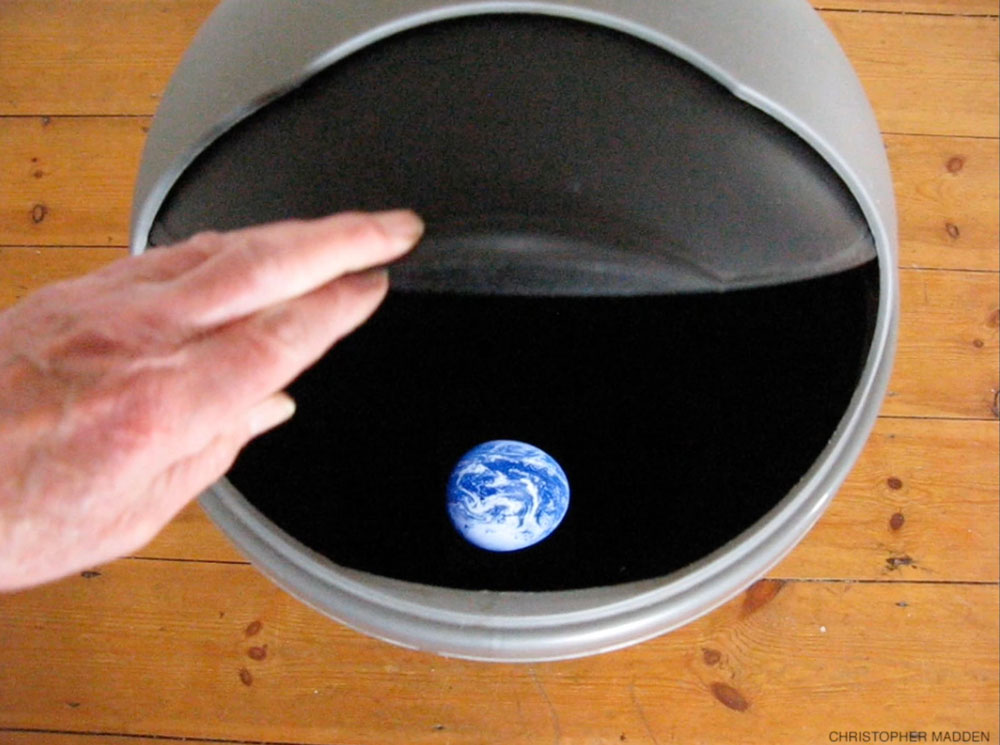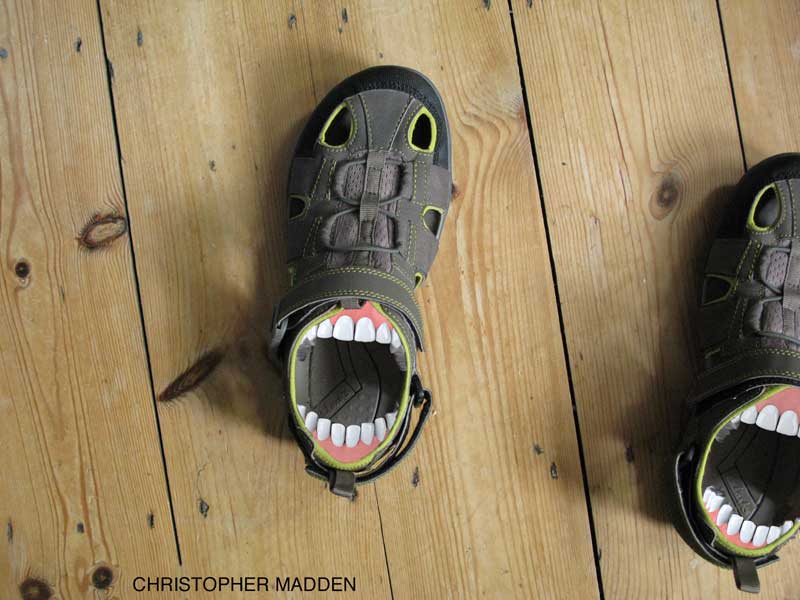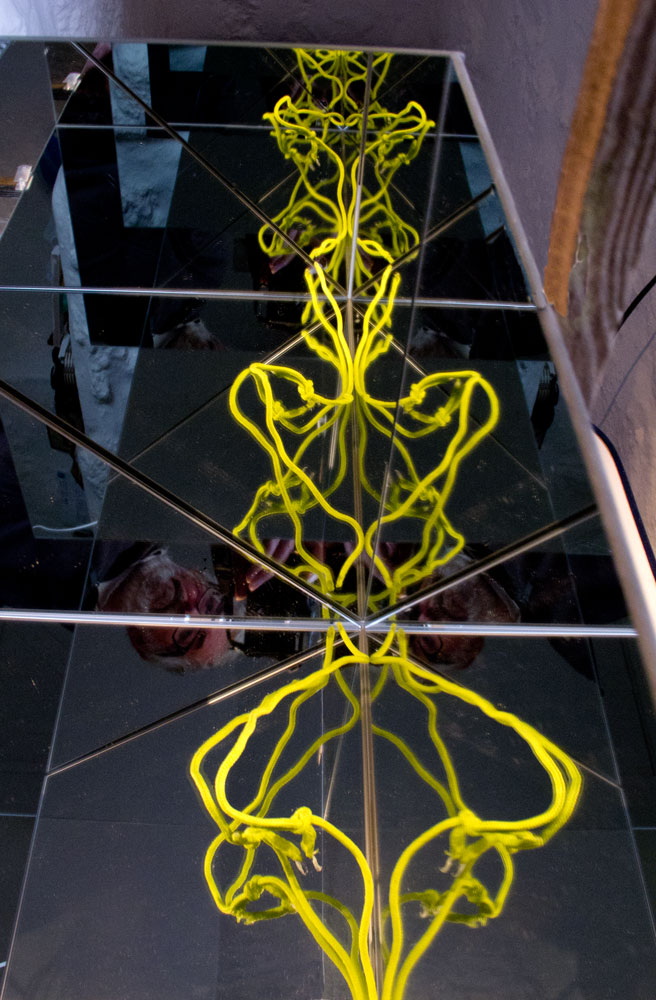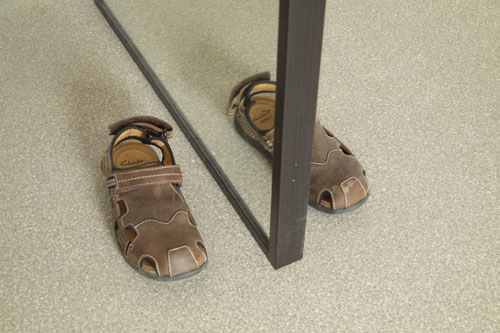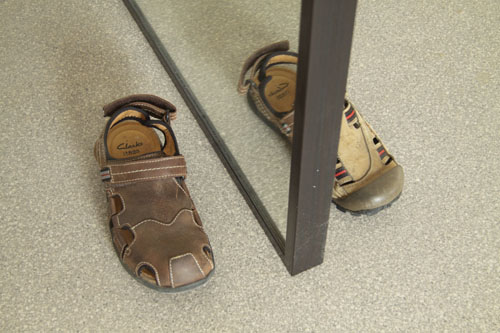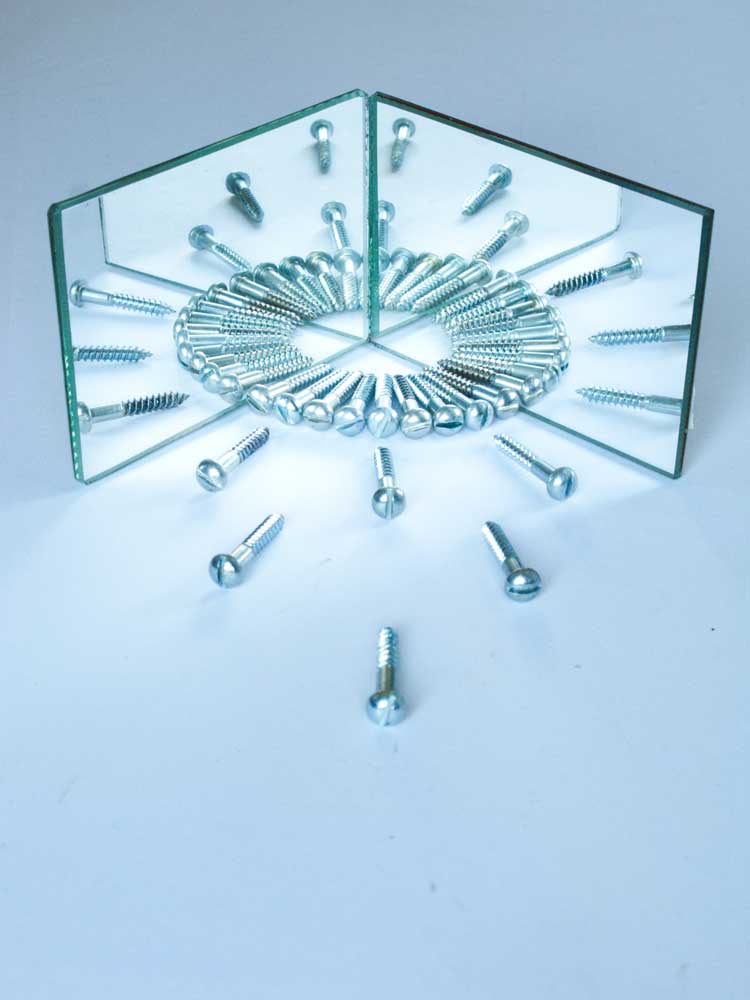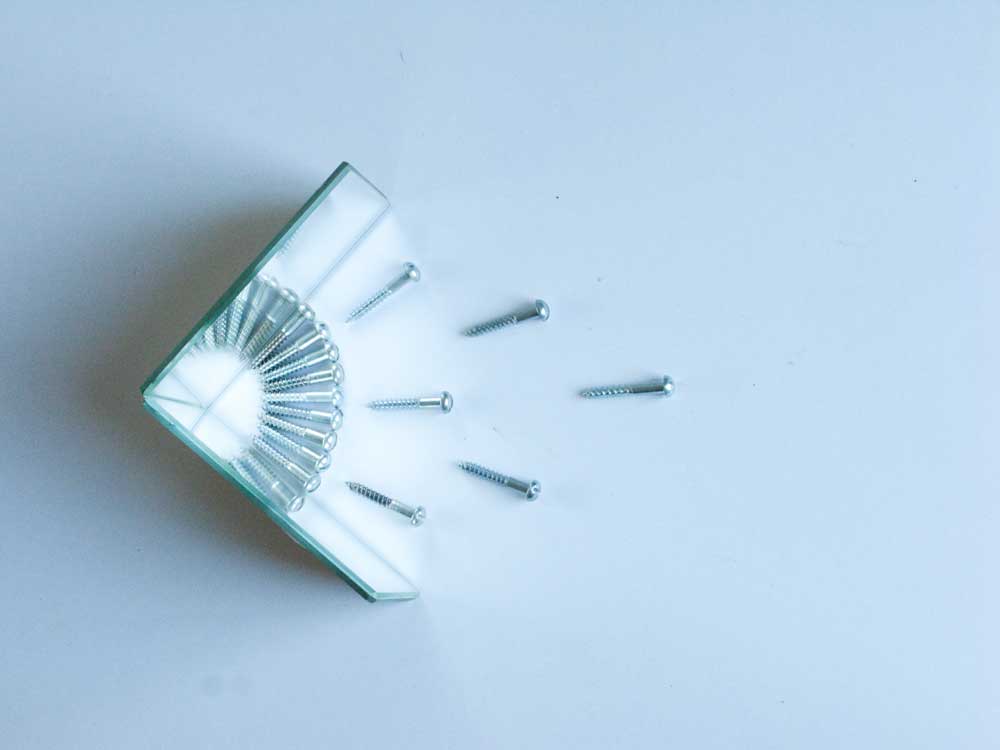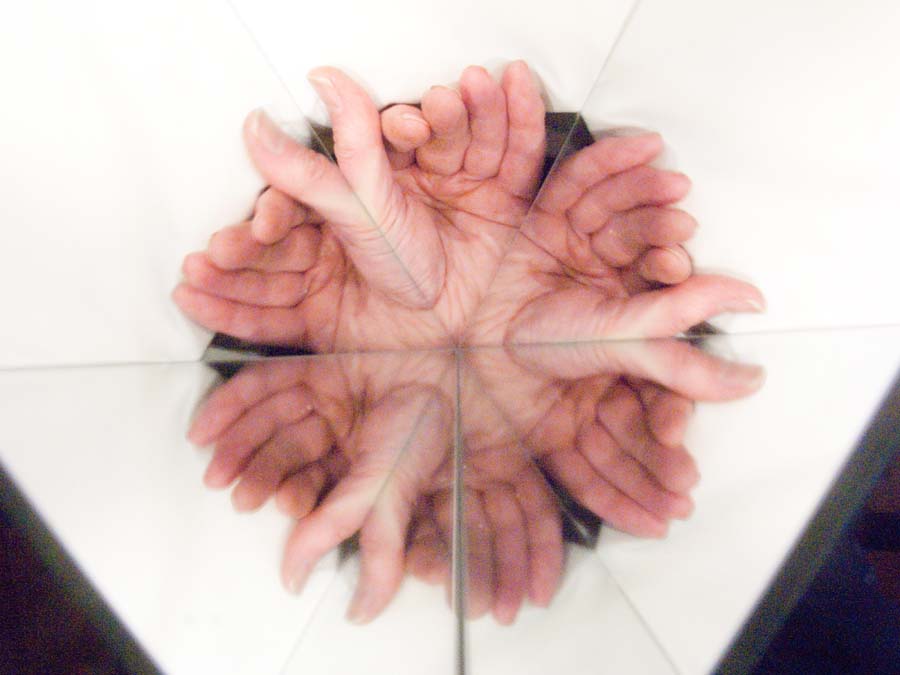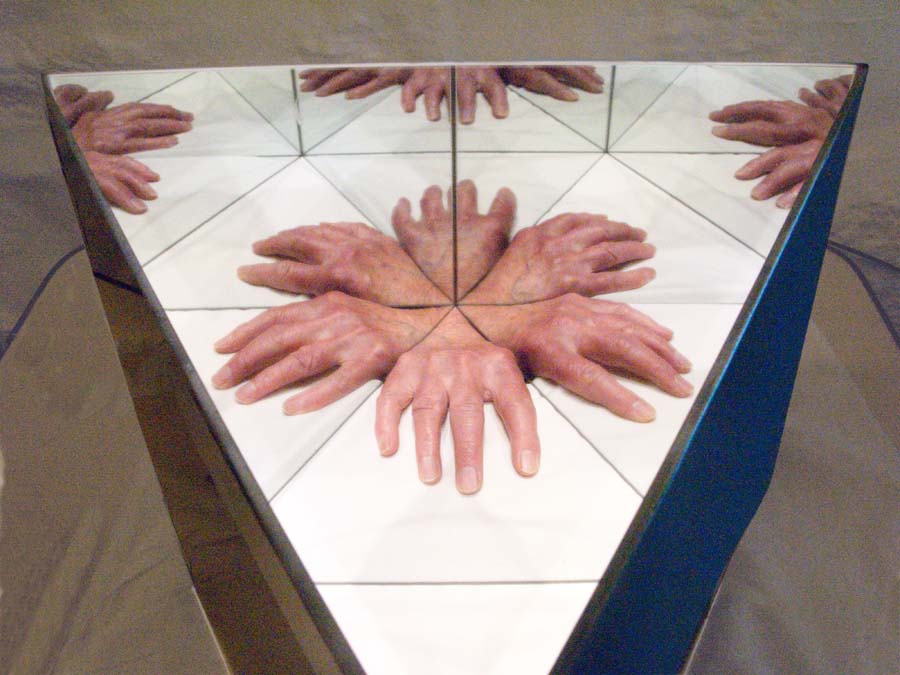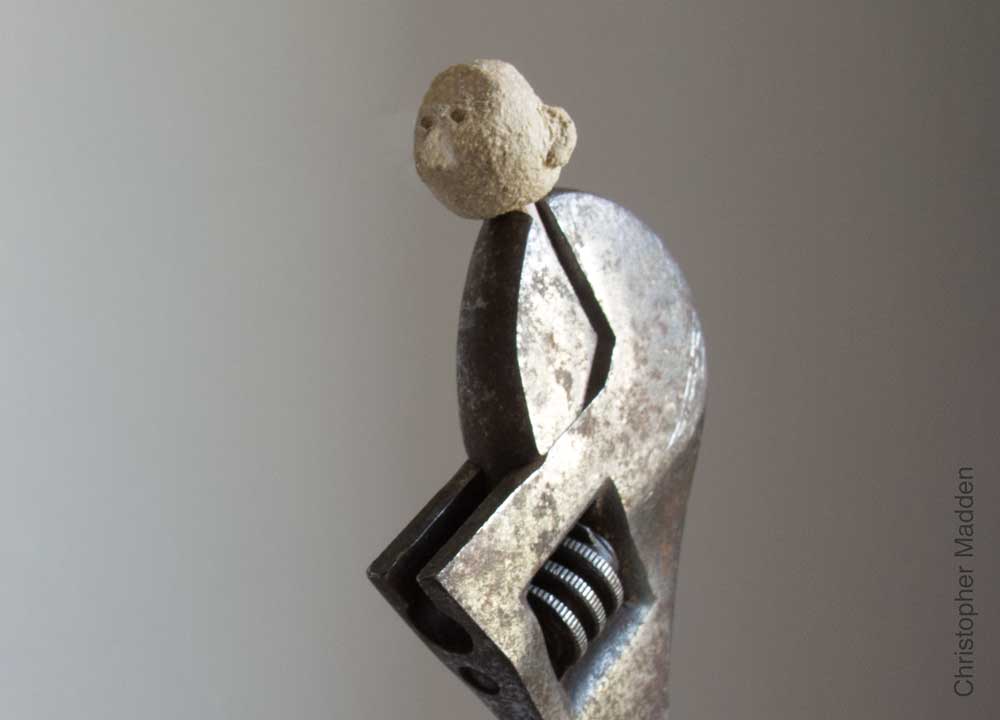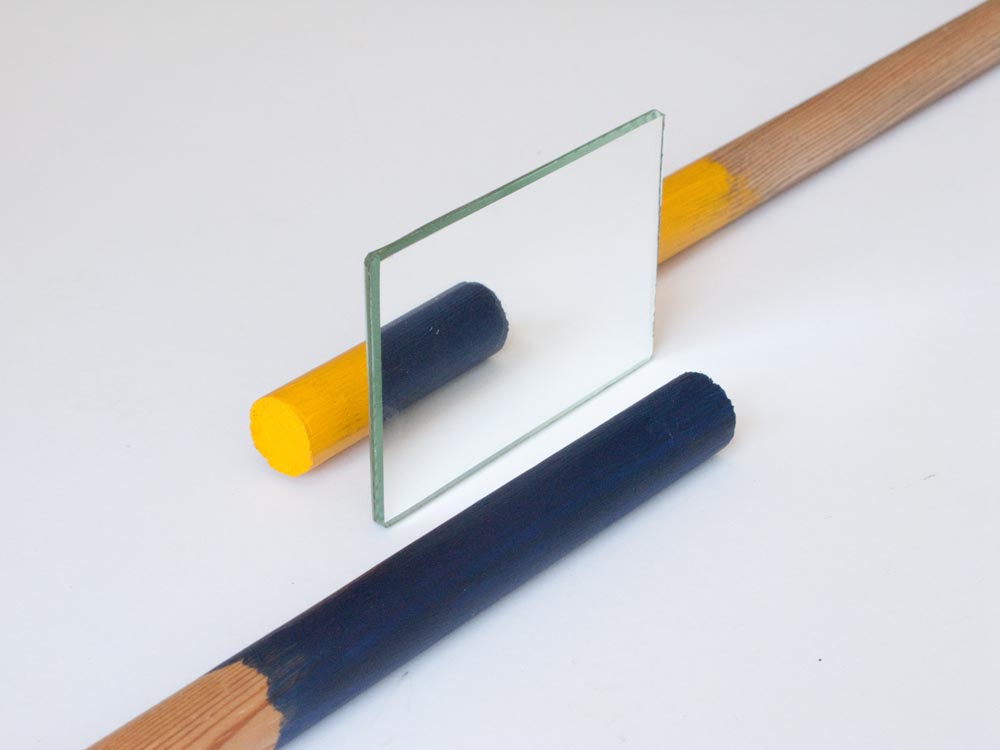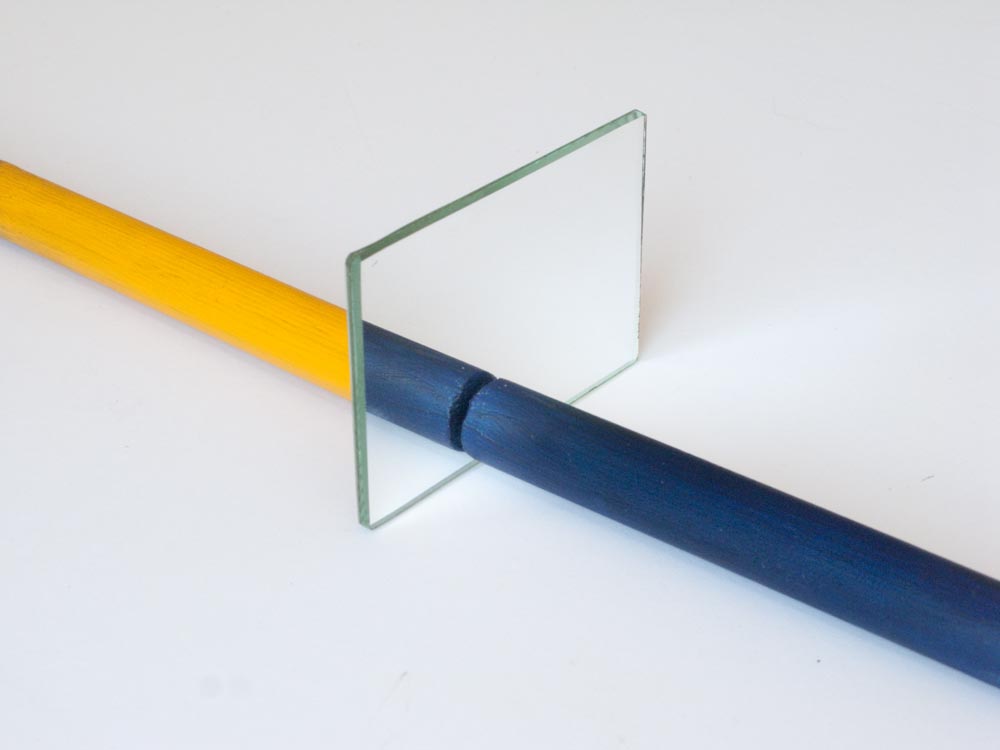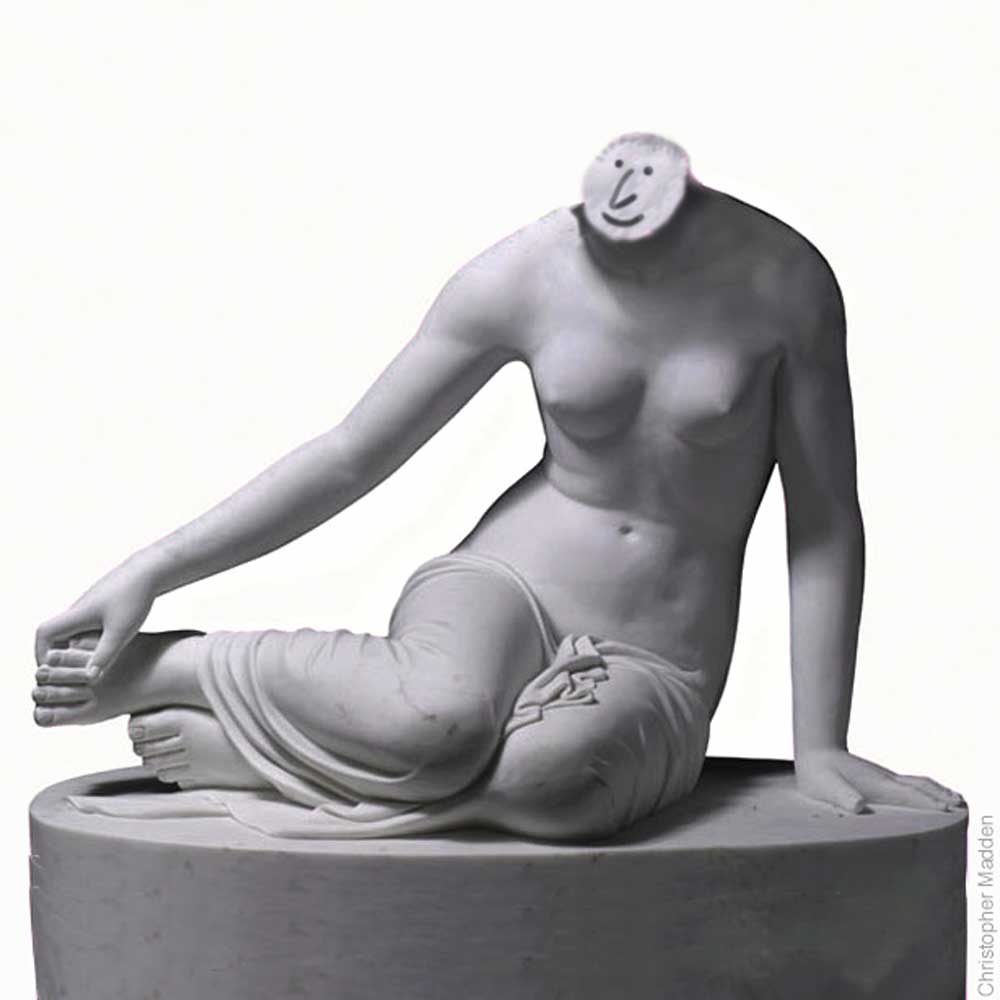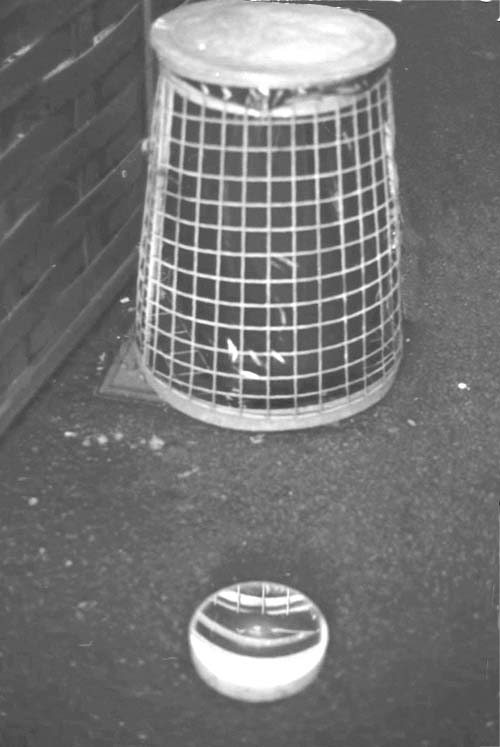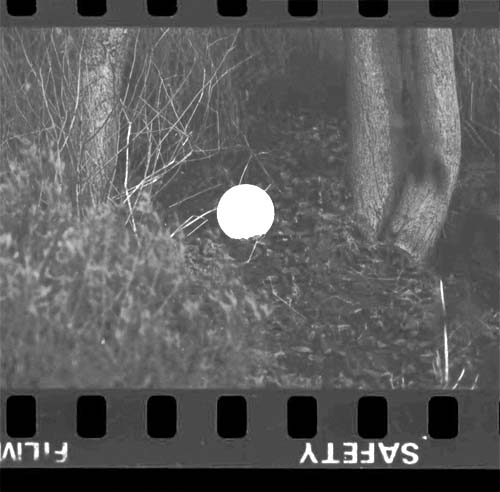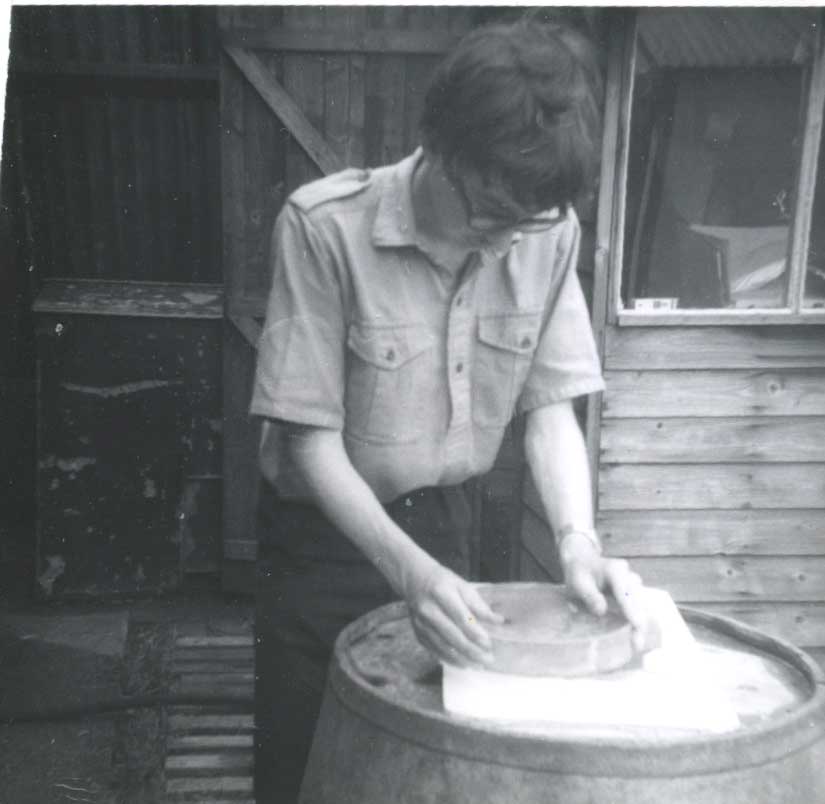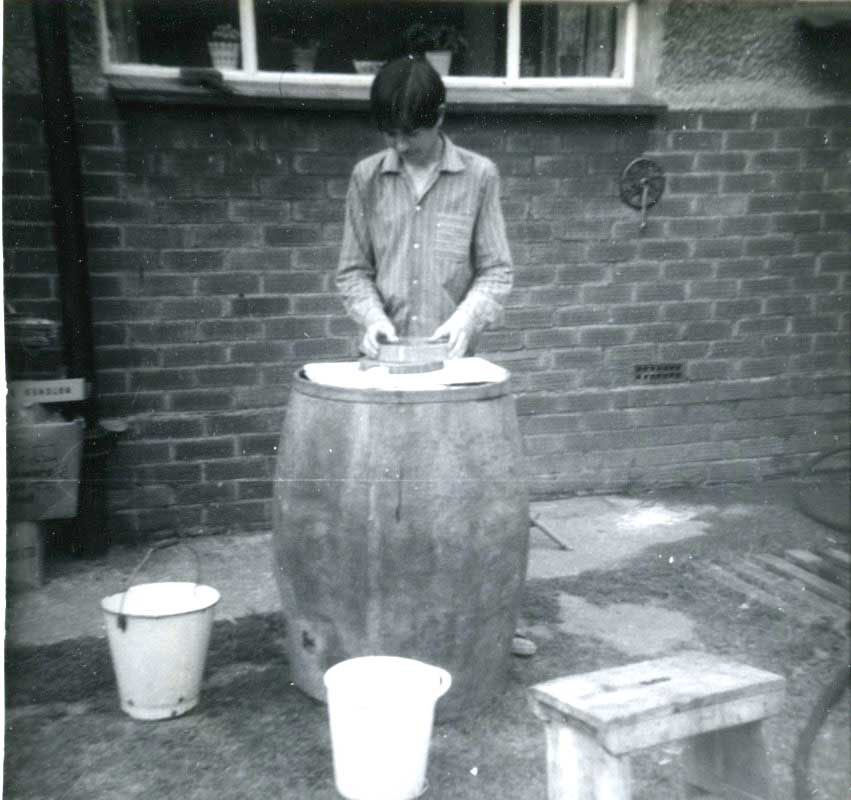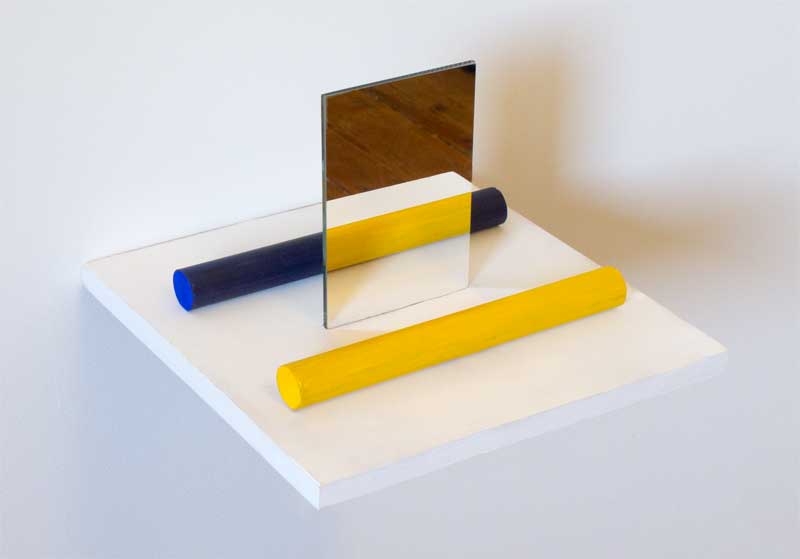
Colour Discontinuity 3 – the illusion of continuity
Front surface mirror, wood, acrylic. March 2017 20x20x14cm
A colored rod reflected in a mirror, positioned so that the reflection of the rod coincides with another rod of a different color on the other side of the mirror, creating an ambiguous optical effect.
A study of ambiguous visual stimuli to question the nature of perception and the interpretation of reality through the visual illusion of continuity.
The work is quite small and is intended to be viewed close up. Because of this the mirror used is a front surfce mirror (or first surface mirror), which is a mirror that is coated on the front rather than the back. As a result there are no ghost reflections caused by the thickness of the glass.
I’ve worked with mirrors since I was a teenager in the late 1960s, when I ground the parabolic mirror for an astronomical telescope that I’d constructed. I got it coated by Grubb Parsons, a telescope manufacturing company that constructed seriously large telescopes including the Isaac Newton telescope and the William Herschel telescope. I used that mirror in one of my early mirror art experiments in about 1970.
